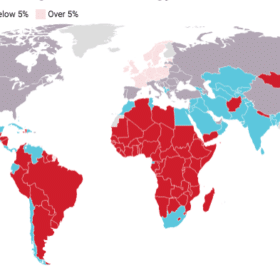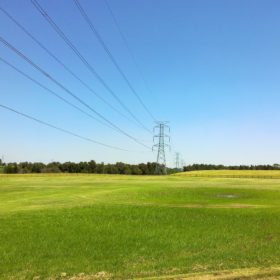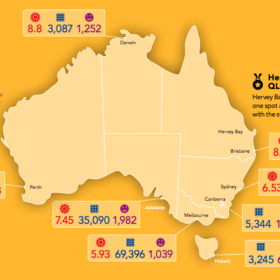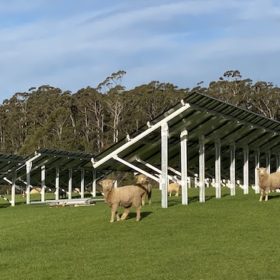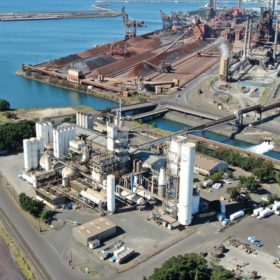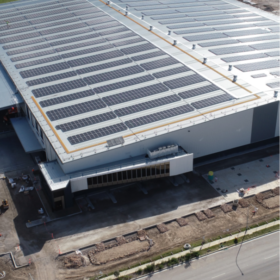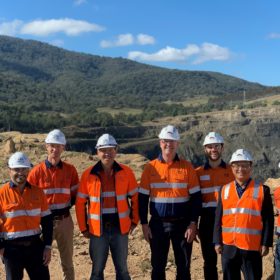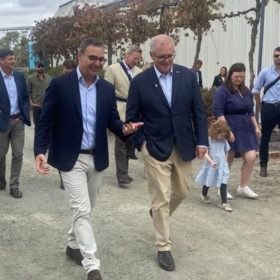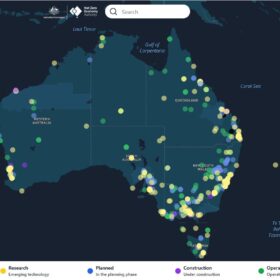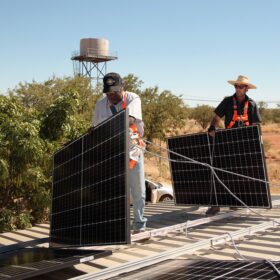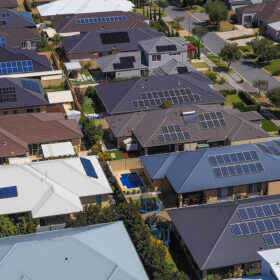Australia ‘in a league of its own’ with renewables potential, positioned to be ‘battery of the world,’ new report finds
Solar and wind could meet the global energy demand 100 times over, a new report from the Carbon Tracker Initiative has found. Australia, in particular, is uniquely positioned to capitalise on the transition as one of the few developed countries with vast renewable potential and a low population.
Big battery market gets a leg up as rule maker proposes rewards for fast grid responses
The Australian Energy Market Commission, the country’s rule maker for electricity and gas markets, has this morning released proposals to reward fast frequency services in the National Electricity Market for the first time.
Hydrogen overview: recent movements across the globe and at home
Hydrogen is heating up – not only here in Australia, but globally. This week has seen a flurry of news from the U.K. to South Africa, New Dehli to Switzerland. Pv magazine’s roundup of the latest hydrogen news and movements.
Spotlight on Australian solar – what’s working, why, and where there’s room to grow
Company Solahart, which originated in Perth, has delivered a heartening snapshot of solar Australia. It found the country deploys renewable energy 10 times faster per capita than the global average, four times faster per capita than in Europe, China, Japan or the U.S.A. Solahart examined what motivates different demographics of Australians to install solar and which parts of the country are most suited to solar.
Tasmanian sheep farm installs flow battery-based microgrid system
Redflow’s Systems Integration Architect and largest shareholder has brought his work home, installing a 280kWh Redflow battery-based microgrid at his sheep farm in northwest Tasmania.
Federal government commits a further $275m to regional hydrogen hubs, devotes similar sum to controversial technology
Australia’s federal government has pledged a further $275.5 million to develop regional hydrogen hubs and $263.7 million for carbon capture and storage technology in a pre-budget announcement ahead of the climate summit on Thursday.
CEFC loan enables industrial property developments with ‘potential to revolutionise energy use’
International developer Frasers Property Group, which owns Australian-based Frasers Property Australia, has secured a $300 million sustainability linked loan with $75 million provided by the Australian government. The loan will see innovative clean energy technologies installed two Australian industrial projects in New South Wales and Victoria.
Green hydrogen and the cable-pipeline dilemma
New research from Singapore has found that gas pipelines for the onshore transport of green hydrogen and the cables for the transport of electricity to produce it at a distant location have similar costs at a 4000 km transmission distance. For longer distances, gas pipelines were found to be cheaper than cables, although the electric lines are said to benefit from scaling up and higher utilisation. For both options, however, a currently too high hydrogen LCOE remains the biggest barrier to overcome.
Hunter Valley coal void moves closer to filling with pumped hydro
AGL is transforming its operations in a number of ways, from restructuring the company itself, to building energy storage facilities for flexible distribution of renewable energy into the future.
SA’s $1.08 billion deal with the Feds to produce more gas!
Australia’s most renewable state has signed a joint funding deal with the Commonwealth Government that hypes gas production, and downplays its considerable renewable-energy benefits.
